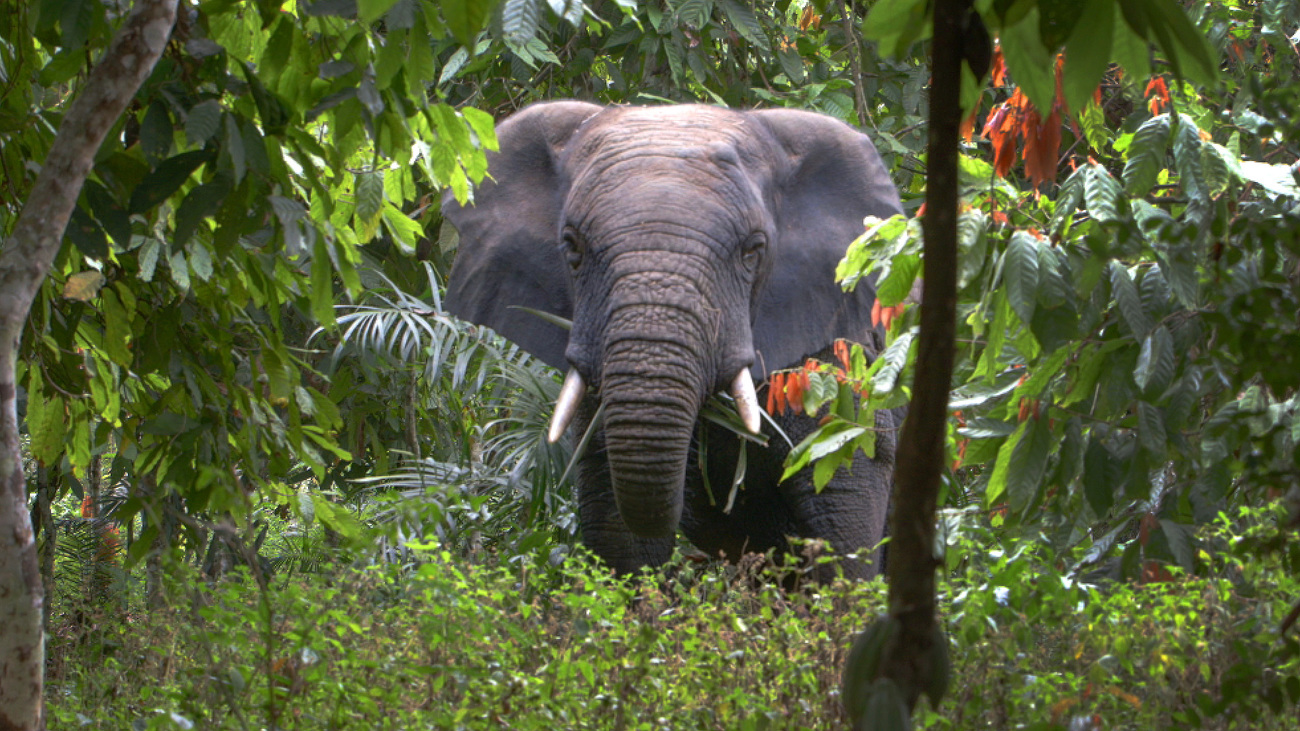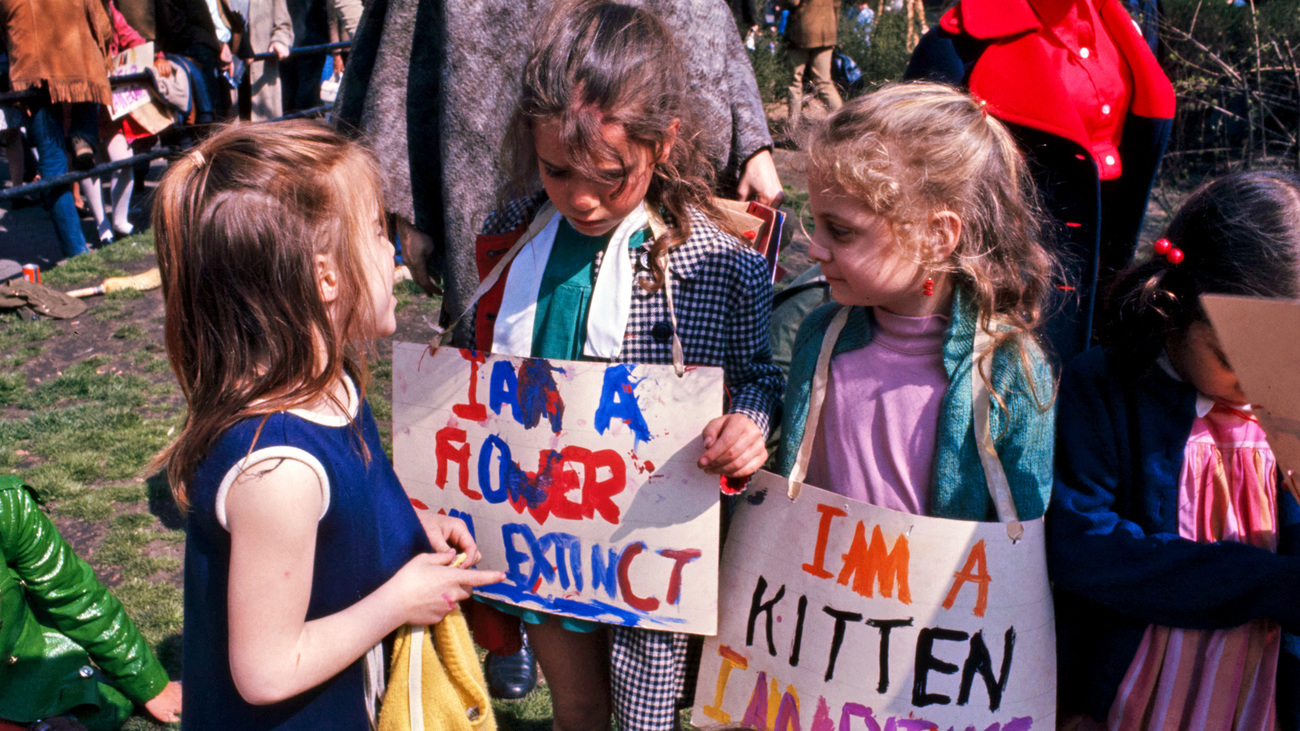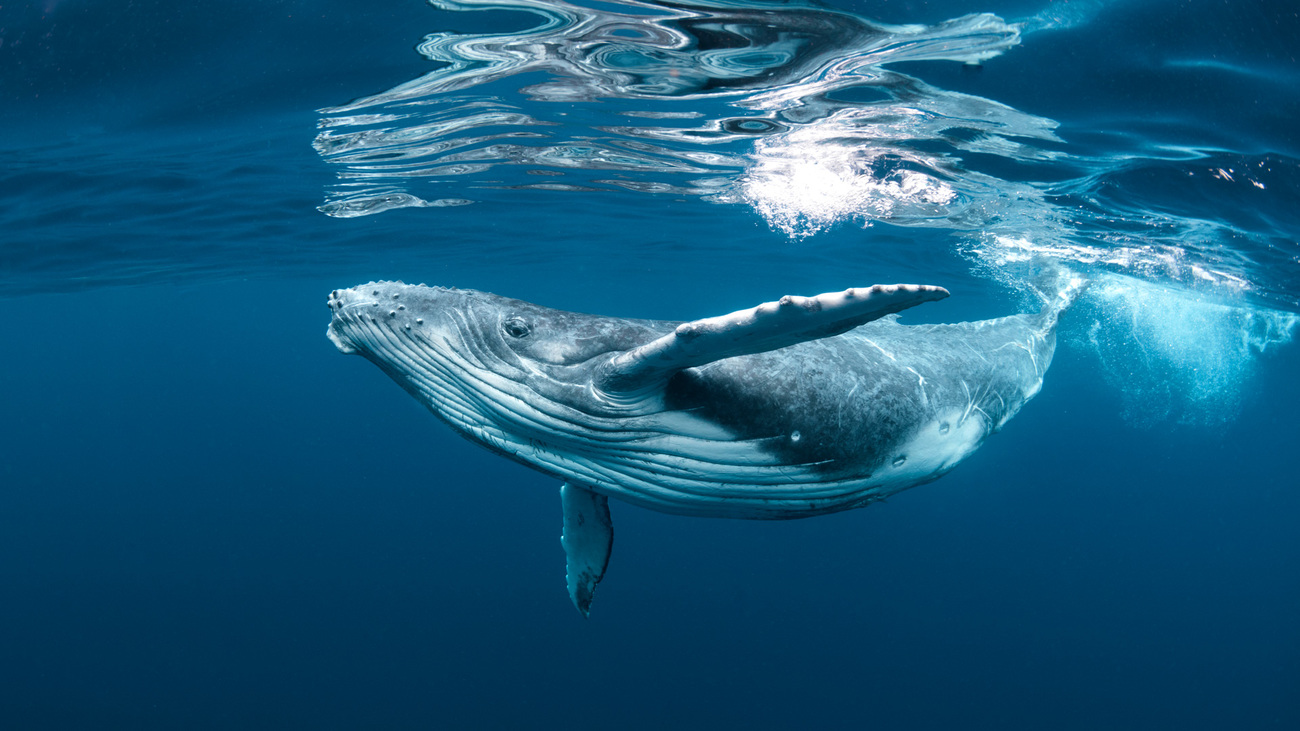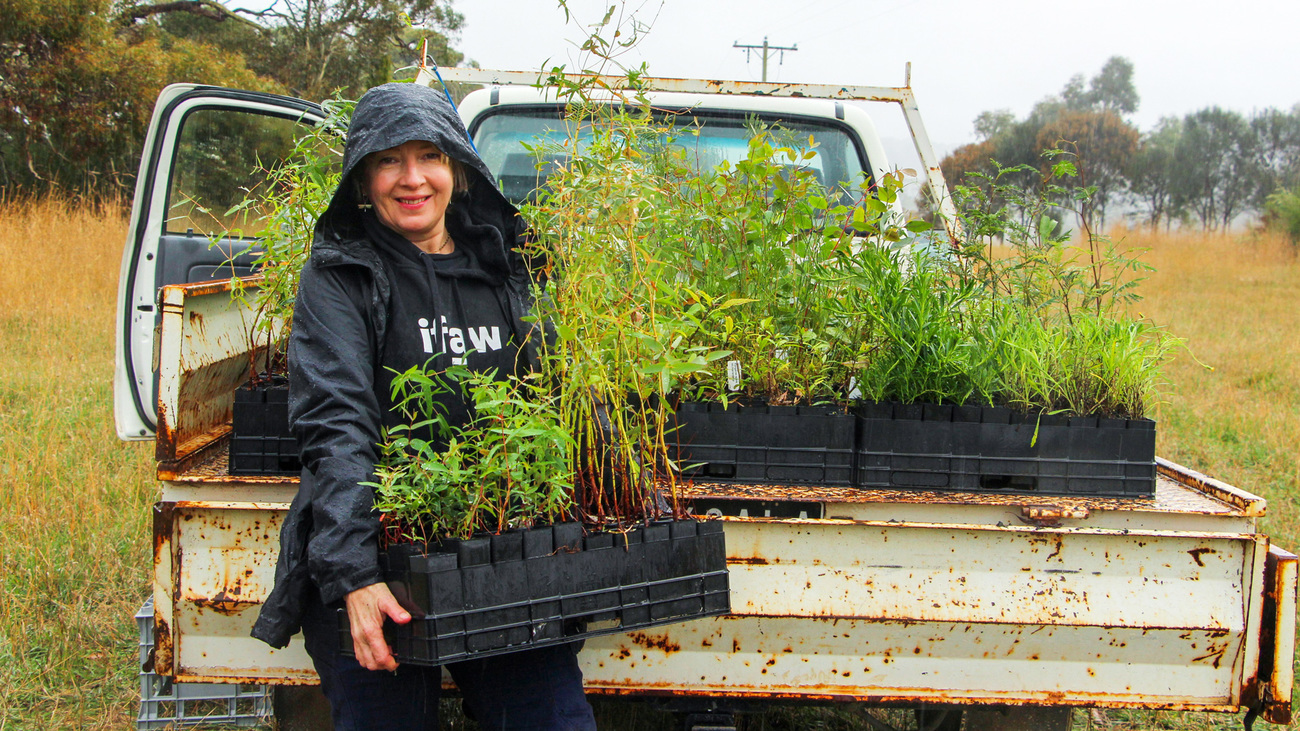What is Earth Day?
What is Earth Day?
Every year, 22 April marks Earth Day—a grassroots initiative that has become the world’s largest secular holiday—around the world. So, what exactly is Earth Day, how did it start, and how can you get involved? In this blog, we cover everything you need to know about Earth Day, so read on to find out more.

A brief history of Earth Day
Earth Day has a somewhat unexpected origin. It all started with the publication of Rachel Carson’s environmental science classic Silent Spring in 1962. In her non-fiction masterpiece, Carson—a biologist and science writer—explored the harmful effects that pesticides were having on the environment, principally the pesticide dichlorodiphenyltrichloroethane (DDT).
Carson argued that pesticides should more accurately be called ‘biocides’ given that they do not exclusively target the pests they are intended to exterminate but instead have many negative downstream effects. Coupled with the fact that DDT is a known carcinogen—an agent capable of causing cancer—she argued for greater moderation and restrictions placed on its usage.
Silent Spring leveraged Carson’s extensive research and the growing body of scientific literature on the subject and advocated for a more controlled use—rather than an outright ban—of DDT. Despite this, Carson was lambasted by the chemical industry and labelled as an extremist whose ideas would do more harm than good.
However, an independent investigation ordered by US President John F. Kennedy backed up Carson’s claims and marked one of the first significant milestones towards a more environmentally conscious America.
Up to this point, the US had been using fossil fuels at an unprecedented level. Leaded gasoline was consumed at an alarming rate to power the ever-growing number of cars on American roads and its booming industry. A sky filled with black clouds and ever-present smog was viewed by many as a sign of a thriving and forward-looking economy. Pollution was not yet seen as a bad thing—quite the opposite.
However, following the publication of Silent Spring and an array of environmental disasters like the Santa Barbara oil spill and Cuyahoga River fire, Americans began to question the effects of pollution. For the first time, it was becoming clear that humans were affecting the environment—a fact that had gone unrecognised before then and is unfortunately still debated by some today.
In 1969, Senator Gaylord Nelson of Wisconsin decided it was time for larger action. Inspired by the impact of recent anti-war protests, Nelson orchestrated a team of campaigners to help organise a widespread grassroots event for environmental protection, focusing on leveraging the student population that had been so effective in the anti-war movement.
On 22 April 1970, approximately two million people joined the first Earth Day and participated in rallies across the country. The resulting impact was incredible. The public’s perspective changed immensely, and support for environmental protection skyrocketed to an all-time high.
Most importantly, Earth Day created a domino effect of critical change on the political forefront. In 1970, the US created the Environmental Protection Agency (EPA) and passed landmark legislation like the Endangered Species Act (ESA) and the Marine Mammal Protection Act (MMPA) in the following years. By the 1990s, millions of people around the world joined in on Earth Day celebrations, turning it into the global event we recognise today.

What is Earth Day today?
Today, Earth Day is a global movement. During the 2023 celebration, there were 5,437 separate events organized around the world, with millions of people across the globe engaging with the movement’s message and initiatives.
These events ranged from small projects carried out in local communities, all the way up to the 2023 Climate Leadership Gala that played host to environmental leaders and celebrity guests. Earth Day 2023 was covered extensively by the media, spreading the message to millions. The hashtag #EarthDay was even trending number one in Africa.
Earth Day continues to grow, with this year’s celebration set to be the biggest and best that we have ever seen.
Earth Day and animals
Earth Day is a comprehensive initiative aimed at raising awareness of and tackling the climate crisis from every possible angle. However, one angle that is often overlooked by climate activists is the role that animals play in keeping the environment healthy and balanced.
Animals aren’t just bystanders when it comes to the environment. Too often, we recognise that animals are harmed by the effects of climate change, but we miss the crucial roles that they play in maintaining the health of our planet.
Animals impact the environment on a number of levels—from acting as ecosystem engineers to pollinating plants and even providing much of the oxygen that we breathe. We should not be focusing only on protecting our animal species but also on helping them thrive in their natural habitats so they can carry out their critical climate functions.
At IFAW, we know that the individual—human or animal—is an indispensable component of the equation for success. We know that a single animal can mean the difference between survival or extinction for an entire species, just as a single person can make tangible positive change.
So, this Earth Day, let’s put the focus on animals and work together to create the future we all deserve.

How can you celebrate Earth Day?
Earth Day celebrations over the last half-century have included incredible efforts: millions of trees planted, hundreds of miles of coastline cleaned, and tens of thousands of people biking to school and work from a given country. These impactful initiatives are all successful thanks to the power of individual actions.
Earth Day is a reminder that we can create real change as individuals and communities. We can build the future that we strive for—one where oceans thrive free from plastic pollution, forest ecosystems buzz with biodiversity, and wildlife populations flourish around the world.
Let’s look at a few ideas for how you can get involved in Earth Day 2024.
Spread awareness on social media
Social media is one of the most effective tools we have for spreading awareness and educating those around us. Share resources, sign petitions, and engage with social media campaigns to help boost the reach of Earth Day and ensure that as many people as possible are educated on environmental issues.
Support wildlife conservation efforts
Whether it is a small initiative near you or larger projects like the ones we run here at IFAW, supporting wildlife conservation initiatives is one of the best ways to help protect our planet this Earth Day.
It could be as simple as sharing a campaign on social media, donating a small amount of money, or even volunteering. Whatever level of involvement you choose, every little bit helps.
Advocate for animals
One of the most important things to come out of Earth Day was the passing of various climate-focused legislation, such as the creation of the EPA. To this day, Earth Day still supports forward-thinking climate change policies, even advising and educating at the UN Conference of the Parties (COP).
Support regulations and legislation that protect our animals and safeguard the natural world to help drive systemic change, from small community initiatives to global policies.
Travel sustainably
Tourism has never been bigger but, unfortunately, its effects on the environment have also never been greater. Support Earth Day year-round by taking steps to travel sustainably and minimise your impact on the environment. Things like offsetting your air travel, spending money locally, and making sure you only interact with wildlife in conscious and sustainable ways go a long way in helping to protect the environment.
Start small
We can’t all combat climate change on a global scale. But we can have an impact in our local communities or gardens. Here are some ideas for smaller-scale things you can do to help the environment in your backyard.
- Organise local events: It might be a coffee morning to share climate change resources, a day litter picking in your nearest park, or a march down the street to raise awareness.
- Promote biodiversity in your garden: Being more climate-conscious starts at home. Consider installing bird feeders and insect houses in your garden, starting a compost heap, and not mowing your lawn to help protect its natural biodiversity
- Be conscious of your diet: One of the best ways to reduce your carbon footprint is by reducing your meat intake. Consider switching to a more plant-based diet and reducing the amount of animal products you consume.
- Choose sustainable products: Building off the above, we can look at how our habits affect the environment outside of our diets. Reducing the amount of animal products, like leather, you use and making sure that any you do use come from sustainable sources can go a long way to protecting the environment. Reducing plastic consumption also greatly benefits animals and the planet.
- Visit a conservation area or sanctuary: Visit local conservation parks and wildlife sanctuaries to not only learn more about how people are helping to protect animals in your local area but also to help support these projects with your patronage.
How IFAW supports Earth Day

Here at IFAW, we believe that animals are key to solving the climate crisis. That’s why we run countless campaigns year-round to help protect and safeguard our animal species and the natural world in which they live.
Whether it’s reducing shipping speeds to protect marine life, giving elephants Room to Roam, or working with local communities to help them support the ecosystems around their homes, we know that the climate crisis can only be solved if we all work together.
Explore the work that we have been doing on our projects page and our climate change initiative page.
Related content
Our work can’t get done without you. Please give what you can to help animals thrive.